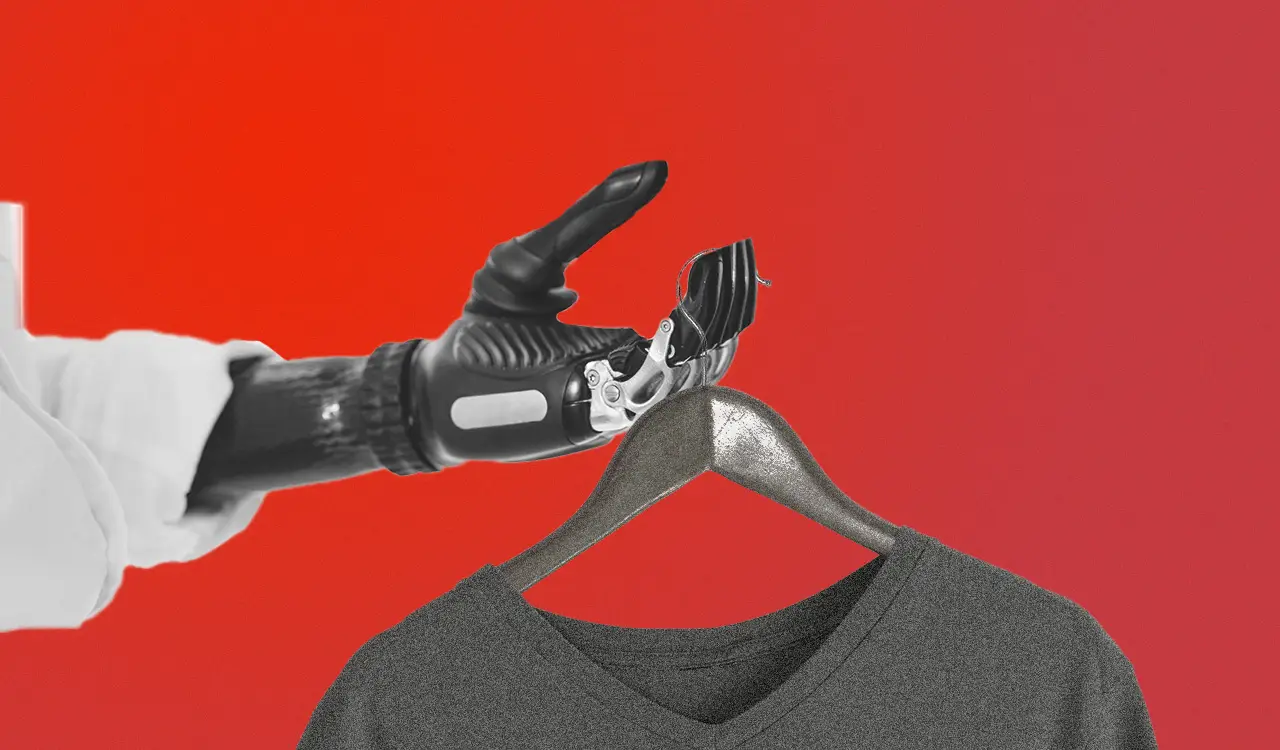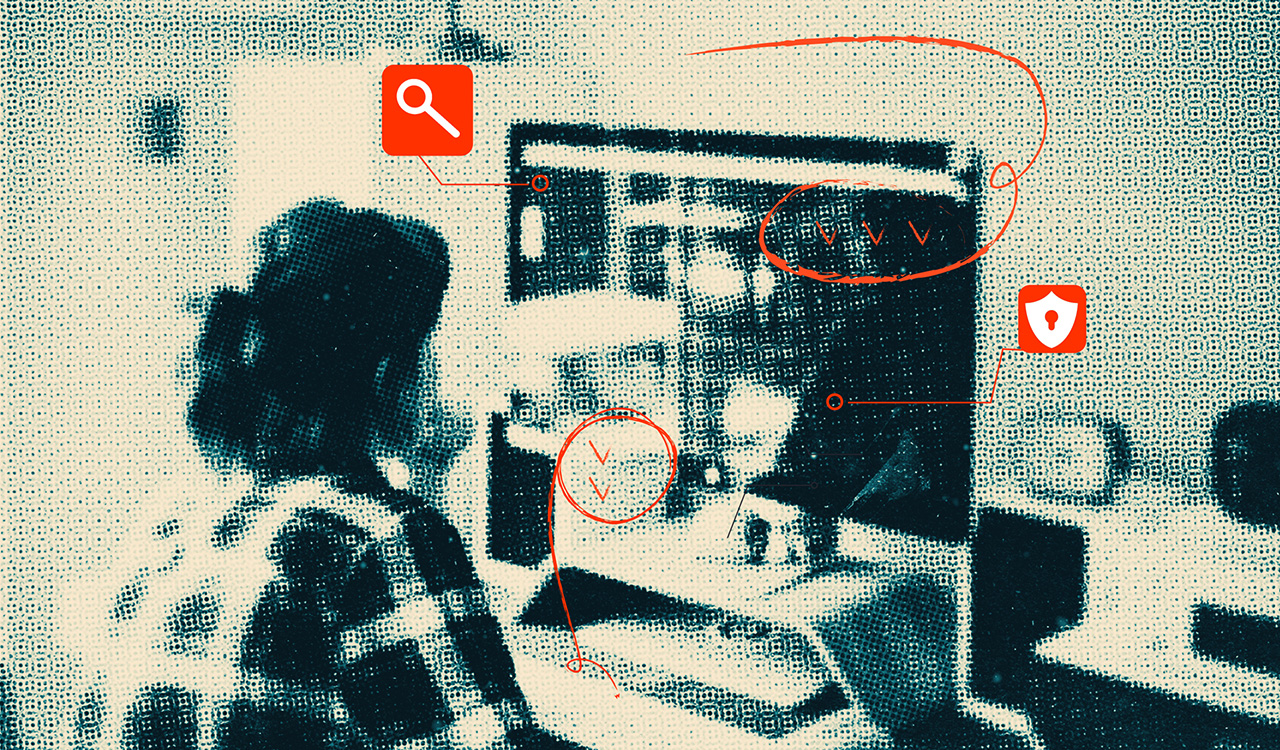What’s up with robots in retail? One of the latest attractions to hit the Las Vegas Strip in recent years is The Tipsy Robot, a popular cocktail bar with two locations (Planet Hollywood and the Venetian) that look like they belong somewhere in the expansive Star Wars universe. Here’s how it works: Patrons design their drinks on tablets and then watch in awe – like watching a rocket launch at mission control at NASA – as these intelligent robotic arms proceed to craft bespoke elixirs right before their eyes.
While the journey towards widespread adoption of robotics and computer vision technologies across entire retail chains will remain challenging, it is increasingly recognized that this is a train that is not stopping any time soon. And the crescendo of the realization of benefits from chain-wide robot deployments will serve as a catalyst for accelerated broad-based adoption rates.
Although this concept bar is somewhat gimmicky, it does provide a glimpse into a future in which robots will be playing increasingly consumer-facing roles across an array of retail establishments.
The Robots Are Coming
Many may remember Elon Musk’s Tesla famous robot which, as it turned out, was just a guy dancing on stage in a robot bodysuit. But this is not that. The robots are indeed coming for real now – many of them in a pseudo-humanoid form factor, just like countless bad sci-fi TV shows in the 1970s presaged. And one of the first places many of us as consumers will interact with them in a significant way will be in the context of a retail shopping experience.
Despite the retail sector’s traditional hesitation around embracing new technologies and trying new things, the economics of the robotization of consumer-facing retail are just too juicy to ignore. That said, a human-replacement narrative is particularly thorny from a political perspective.
Although the process of retail robotization has been quietly underway for over a decade, industry experts expect this trend to appear within the next five years in a far more visible and obvious way, completely transforming the industry landscape.
According to Elad Inbar, Founder and CEO of RobotLAB, a prominent San Francisco-area-based robotics manufacturer that has deployed dozens of custom robotics solutions across the restaurant and hospitality sectors, the impact on the retail sector will be nothing short of astonishing. “In the near future, the retail world is going to see some big changes with humanoid robots stepping in. By the end of this decade, these robots will be walking around stores, interacting with customers just like humans do. They will help shoppers try on clothes based on their preferences and body, give them personalized shopping suggestions, and even lead them to the exact item they need out of thousands of SKUs in a store,” Inbar told The Robin Report.
“As robots take on more roles in retail, shoppers can expect their experience to be smoother and more convenient. Through tailored programming, robots can quickly guide you to the item you’re looking for, manage inventory, clean the floors, and order more stock when needed! Behind the scenes, robots can already handle tasks like sorting products, restocking shelves, handling returns and cleaning fitting rooms,” he added.
Tipping Point
Experts interviewed for this article largely concur that we are still two to three years away from a tipping point when the robotization of the front end of the retail space really takes hold in the U.S. and Europe. Although the technology is pretty much already in place, one of the primary hurdles the industry is grappling with right now is demonstrating a tangible return on investment. For retailers to justify the up-front investment, robotic systems must autonomously gather, accurately analyze, and consistently provide data on a large scale and do so in a way that is demonstratively better than how a human would perform.
But make no mistake about it – retail robotization is not an idle exercise in future casting; there are already many proof points that highlight how this trend is well underfoot.
The Robots Have Arrived
For Sophia Tang, the founder of NAKO Cosmetic, a private-label cosmetic manufacturer, the robotization of retail is well underway in Asia and she says that it’s only a matter of time before it catches on in the West. “Robotics are set to redefine the way customers interact with brands,” stated Tang. “My [recent] visit to a high-tech retail conference in Asia exposed me to robots that could interpret customer emotions and provide tailored shopping advice. This interaction highlighted the potential of robotics to offer a personalized and immersive shopping experience, far beyond what I had previously imagined possible in the retail sector.”
Some retail robots don’t necessarily need to interact with customers directly but are customer-facing, nonetheless. Take Simbe Robotics, for instance, which garnered a noteworthy $28 million Series B round of investment last year. The Simbe robot, who (which?) goes by the name of Tally, is being rolled out to all BJ’s Wholesale Clubs across the country. Tally is designed to monitor inventory on shelves, quickly replace missing items, and keep an eye out for theft and missing inventory.
Its main job is replacing a human but with none of the self-esteem and HR issues that stores usually get with minimum wage workers. Tally is happy to work the overnight shift as well and doesn’t need bathroom breaks. Tally stands out due to its distinctive size and form factor which mimics the footprint of an adult human, presenting a less intrusive presence in crowded retail aisles. Finally, Tally delivers bonus points by allowing its customers to get some cool PR by letting branded robots cruise up and down the aisles, enthralling young children and adults alike.
Robot Evolution
Retail robot design will hinge on various factors such as size, store environment, store count, and the specific problems to be addressed. Each retail store has a host of unique parameters (a McDonald’s and a Starbucks have similar set-ups but vastly different parameters) so, a one-size-fits-all approach to robotization is still quite a few years in the future. For the time being, this first generation of retail robots will not have the same degree of flexibility and versatility that a healthy full-bodied human being will bring to the job. Aside from the gimmicky novelty of a robotic workforce, only multi-location retail businesses with standardized store footprints will be able to justify the economics of investing in customer-facing robots.
Looking ahead, the near-term iterations of logical and logistics robots are expected to exhibit greater versatility and longevity. And this is where robots will begin to mark their presence by replacing human workers en masse. This requires designing robots with capabilities such as articulated arms to facilitate tasks like product retrieval for order fulfillment and shelf restocking. The requisite analytical functionality and communications systems necessary to make machine-learning business decisions with no human inputs required (think offering manager-level approval of discounts on the fly) will be a watershed moment representing a significant leap forward in functionality.
The Future Is Out There
While the journey towards widespread adoption of robotics and computer vision technologies across entire retail chains will remain challenging, it is increasingly recognized that this is a train that is not stopping any time soon. And the crescendo of the realization of benefits from chain-wide robot deployments will serve as a catalyst for accelerated broad-based adoption rates. Although this disruption may unfold over the years, its profound effects will endure in shaping the trajectory of retail robotics and human replacement.
As the future of retail robotics unfolds, the question remains: which retailers will lean in first, which will be fast-followers, and which ones will be the holdouts? Maybe, just maybe, 20 years from now, having a live, breathing human in a store will be as unique and novel as robots are today. Maybe “The Tipsy Human Bartender” will be a thing on the Vegas Strip come 2044.





